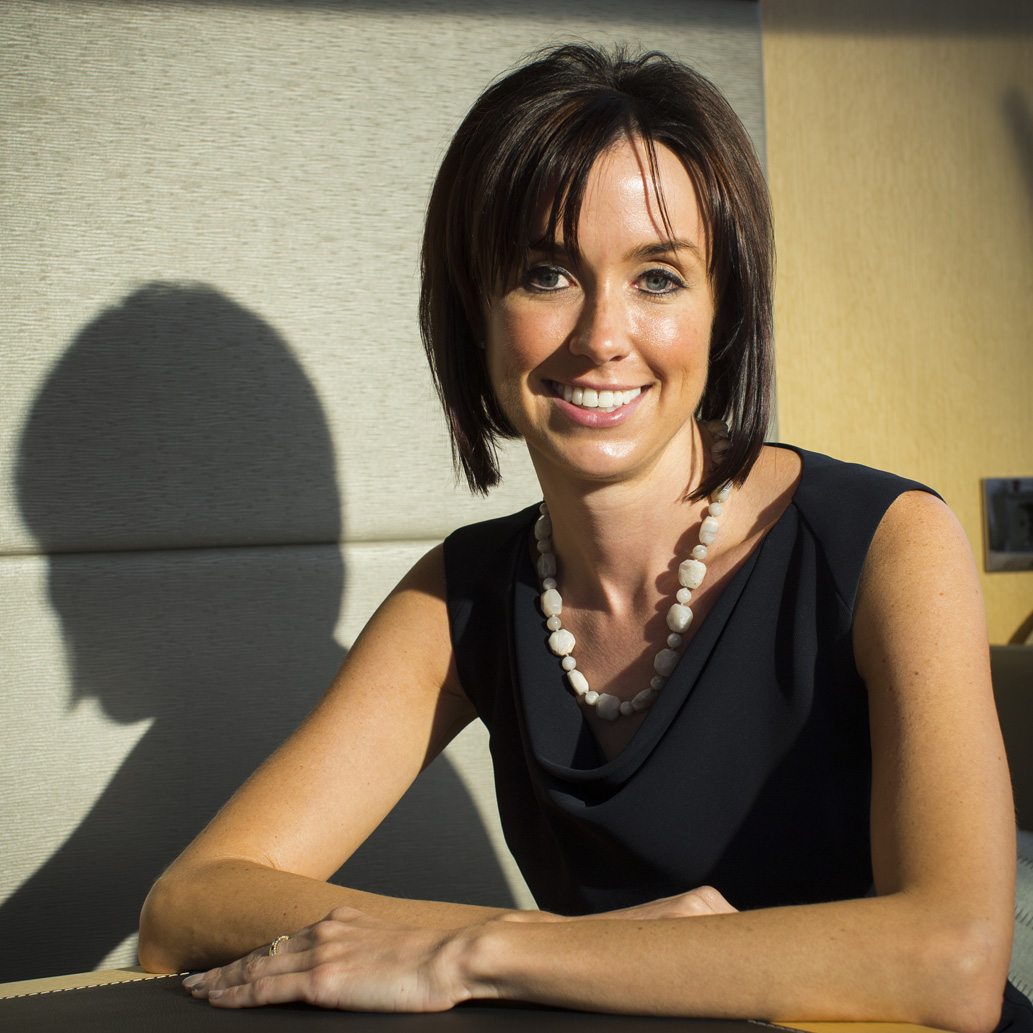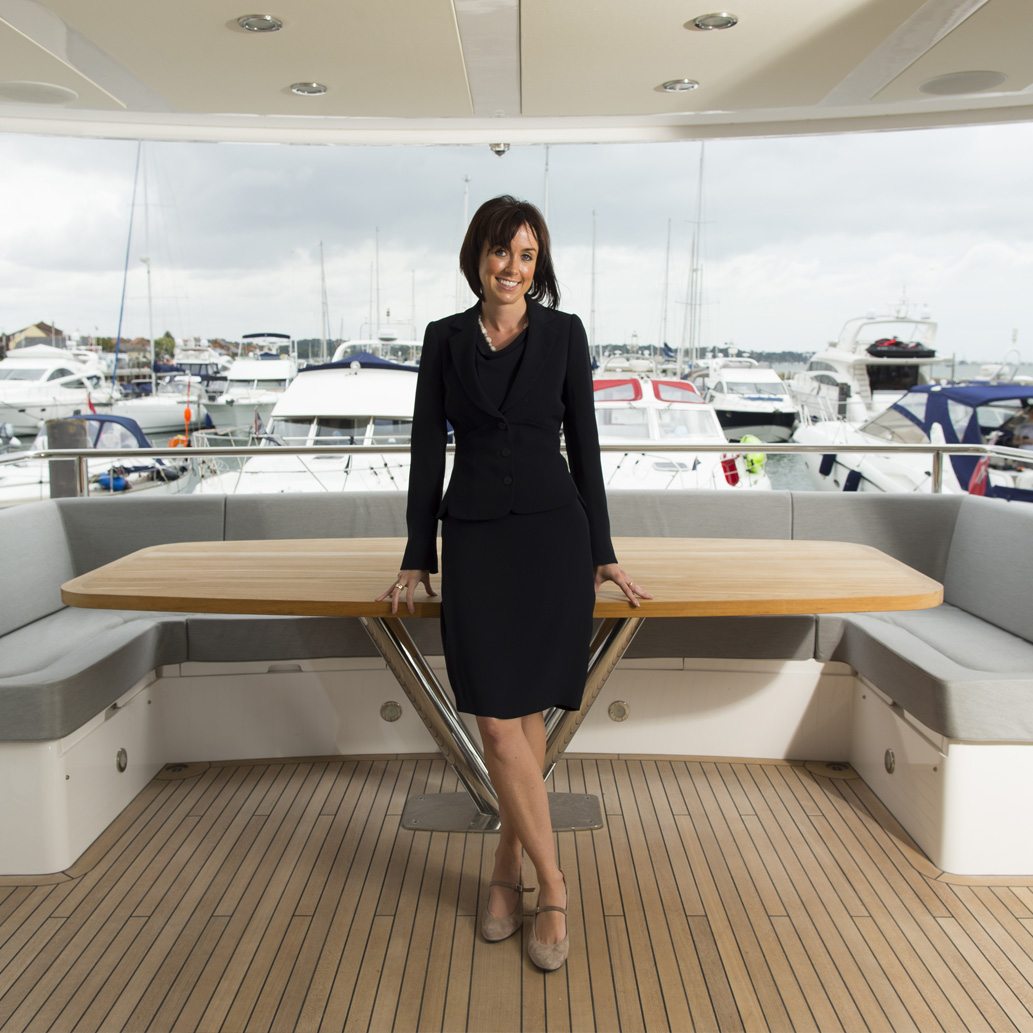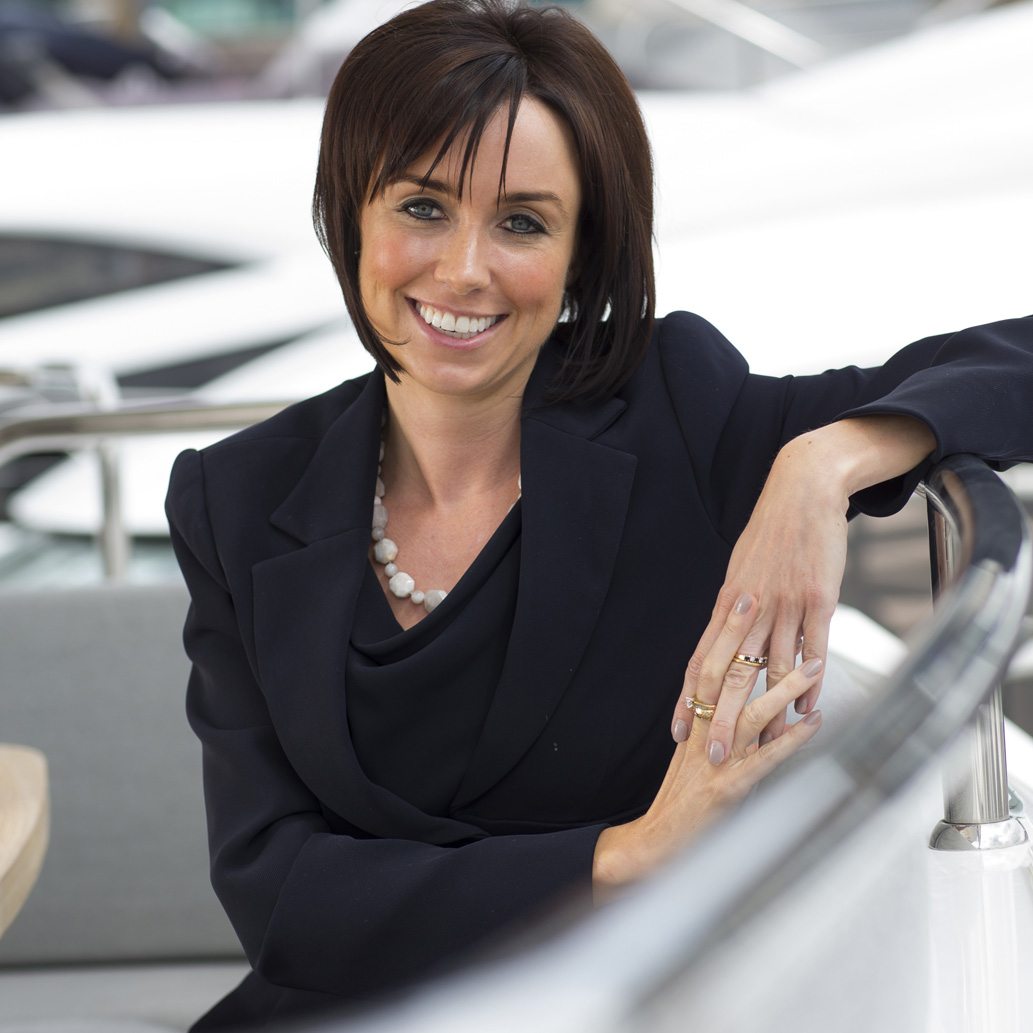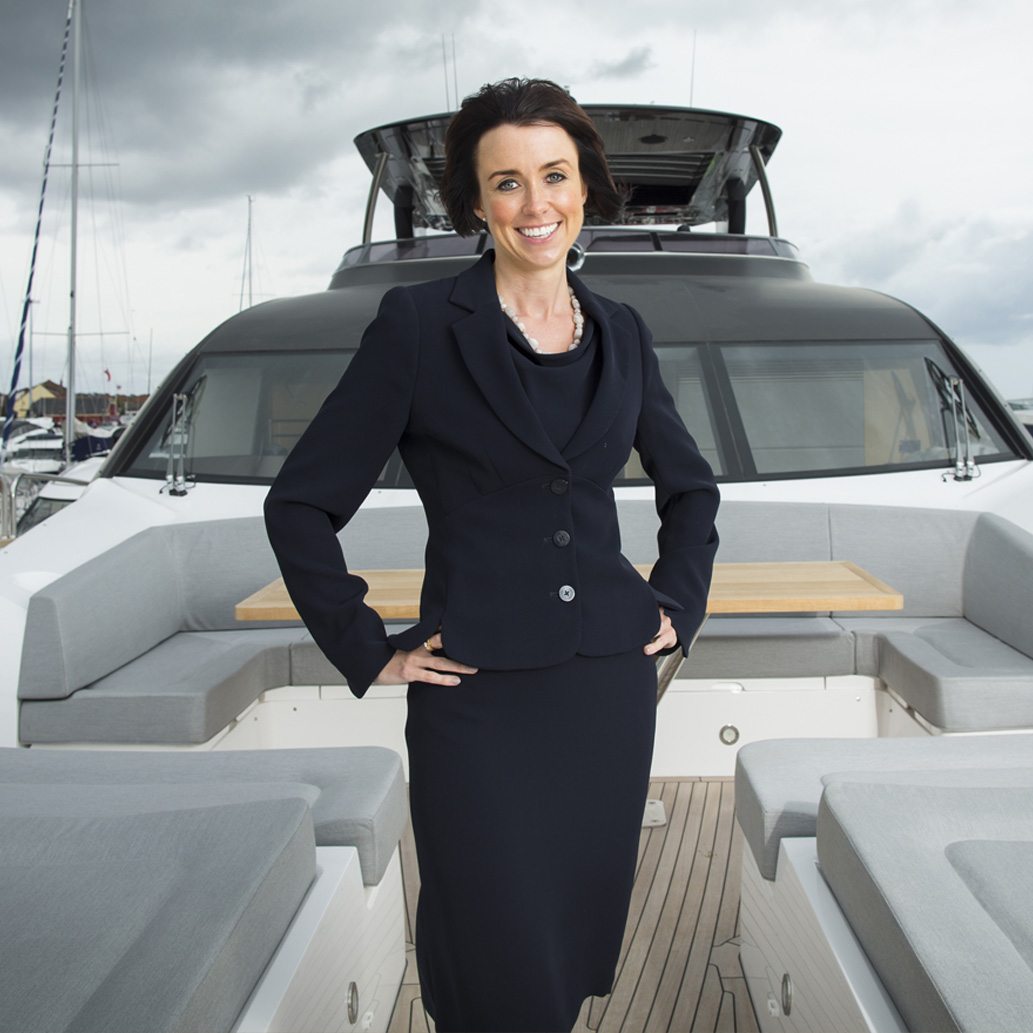Sian tell us about your early career and why you decided on a career in HR.
I started working for Sainsbury’s at 15 on the checkout and a position arose in the Personnel department, so I applied – armed only with the most basic understanding of what Personnel was. So I started as a general administrator, which encompassed primarily filing duties and updating the HR database. I carried on with my studies and began to get a bit more involved with HR activities, things like attending disciplinary and grievance meetings. I finished my A-levels in Dorset, got into Cardiff University and took a Personnel role in Cardiff at Sainsbury’s, as they allowed me to have a dual store contract, which meant I could come home to Dorset during the holidays, to work in various stores locally.
Along the way, I was gaining more specific HR experience, for example implementing a leave management module, which was an Oracle application. It was whilst working on specific projects with cross-functional teams that allowed me to be part of implementing changes at an organisational level that the penny dropped for me, and made me want to pursue a professional career within HR. I really saw HR being perceived as a valued element of the business, shaping decisions for the future. I graduated from Cardiff University and I applied for a post in the manufacturing firm Britax Aircraft Seating, in Cwmbran. This was a lucky break career-wise, as they do say, if you want variety in HR, work in manufacturing, as you’re exposed to pretty much everything that can be thrown at you, HR-wise. I can verify that, you do get to see it all. I joined Britax as an HR administrator and was promoted to HR officer, mainly focused on the employment aspects, concentrating on the execution and operations part of HR, implementing the policies and procedures. If I hadn’t have worked for Sainsbury’s, then I might have struggled; but from their support and my experience of working in different stores, I had a good grasp of how policies can be interpreted and applied in different ways. Working for a manufacturing facility was different because, being a smaller organisation you could shape your procedures and, if they weren’t working for you, you could change things. That’s why since then, I’ve stuck with manufacturing.

Manufacturing is usually highly unionised and HR occupies an interesting position in the relationship.
Working with union executives, or employee council representatives, keeps you in check. Of course, they are there to ensure the employee gets a fair experience. Working with unions and representatives you learn to negotiate and to understand somebody else’s point of view, so that you can work together to reach that general mutual agreement and you have to work together to achieve that. I joined Britax at a time when it was launching a new manufacturing facility in Cwmbran, South Wales and going through a rebranding process to become Contour Premium Aircraft Seating. The manufacturing facilities that were based in Surrey, were in the process of being relocated to South Wales, to a facility which was adjacent to the assembly plant which had been created on a green field site. It was a big shake up and we needed to attract the right talent to ensure that quality and delivery did not suffer. We needed to recruit skilled people and a tight schedule had been set. Consequently, in the short term we had no option but to rely on contractors for some manufacturing roles, however the emphasis was on ensuring that we had set up processes to nurture and develop those skills in-house, and we also looked at Europe to see what skills we could bring in, particularly in upholstery. We had to prepare people for the move to South Wales and raise cultural awareness, whilst bringing in those new workers and establishing them in the area, often with their families. We were doing something that had not been done in that geographical area before, and there were no other similar employers in the area, so these were challenging times. Luckily for me personally, there was great potential for career progression; I was recruited as an HR administrator, and quickly absorbed a lot more responsibility in my role. I could see a career path forming, so I went to study for my Masters in HRM and Contour supported that. I became HR officer and then senior HR officer, with departmental responsibility, reporting directly into a Board member.

Tell us about your next move to Sunseeker and what the business required from HR.
In terms of experience and career progression, I couldn’t have hoped for a better place than Contour. When I left, I was reporting directly to the MD, learning lots and taking on a lot of responsibility. For family reasons, I decided to make the move back to Dorset, and I went for a post at Sunseeker, and it was very fortunate because the organisation was going through some similar changes to what I had just experienced at Contour, so I was a good fit for the challenges ahead. At the time, I joined Sunseeker, HR had an important job to do as the workforce had nearly doubled in the space of a few years, so future planning, in line with the growth of the business and managing the performance of all these individuals, was the order of the day. There was also a big requirement to up-skill the workforce from within, so exciting and busy times lay ahead. Uppermost, there was a clear need for data, and we were looking to implement a comprehensive HR information systems to improve the role of HR within the business. It was project managing the implementation of this system, which exposed me to various areas of the business. I saw how data drove decisions and that if you build transparency, you can release a lot of administrative burden and use that data to promote the HR reputation. What we found was we could actually map out the life cycle of the employee experience and manage that information through the system.
As I said, the headcount had expanded significantly and we needed to get up to speed, so the strategy was for HR to provide the framework and support to managers, so that they had the tools to manage. As is often the case in businesses such as Sunseeker, there is a disproportionate number of retirees to highly-skilled craftsman and engineers in the mid-career talent pool. So it was game-on to develop existing talent, as well as bring on board new blood. We looked at the existing apprenticeship programme, realised its limitations and set about expanding on this to make sure the required skills were in place across the organisation for the future. Another challenge was to introduce new reporting structures to firm up the chain of command, improve communication and transparency, so everyone knew where to go to with problems and issues and be dealt with by the right person.

How did the HR department look at that point?
There was quite a flat structure in HR; you had an admin team, a Head of HR and two HR officers. When I joined, the two HR officers were pregnant and I had come in to cover maternity leave, so both officers went off on maternity leave and returned to work on a job sharing arrangement. The department was going through a period of change and I had an open and honest conversation with the Head of HR at the time about my ambition for career progression. HR needed to work with the senior management team to think differently and bring in the changes needed to move forward. I was then promoted to senior HR officer and then HR manager… then all I had to do was live up to my side of the bargain! My strategy was to take a look at the business from a holistic perspective on the basis that manufacturing is so focused on production, it can easily get bogged down in the day-to-day struggle to hit deadlines – time passes, and it’s all-too easy to put overall strategy on the back burner. I had learnt some important lessons so far in my career and one of the biggest learning curves was the importance of stepping back and taking the time to really analyse the organisation. Day-to-day activities of course can be hugely absorbing for HR, but I had made a case and got stuck into some project work with staff engagement top of the agenda.
I looked around the business and talked with people to really get an idea of what made Sunseeker tick, and not surprisingly found that the passion for creating these spectacular yachts was the key driver. For many, the sea and yachts is a hobby as well as a means to earn money and I quickly realised a direct correlation between this driving passion, and the need to make sure it was reflected in what the organisation offered, making people feel valued and a part of what they’re creating. You look at the brand, and you listen to people talking about their part in creating these incredible yachts, and you can clearly see the passion that is there to be nurtured and engaged with in a positive way, to enable employees to share in the success of the business, even when the market was proving tough.
Was there a sense that the workforce was disconnected from the business?
The business had experienced a period of rapid expansion and change, and that can be very distracting, and as with most businesses that go through the same experience, it can lead to some of the workforce feeling out of the loop. At Sunseeker, there has been a great deal of investment in repositioning the business over the past year, and an ambitious business plan has been set, and so a workforce in lag was simply not an option. So when I became HR Director earlier this year, a priority was to draw clear lines of communication between the new executive committee members, the incumbent members and the workforce across the organisation. The primary focus was communication and transparency, so that everybody feels a part of the plan. We have set up a new Business Communication Forum, which represents the interests of all employees, with representatives sitting on that discussion, dealing with issues that could affect the employee experience, as well as specific consultancy committees, that focus on specific areas of change, so that everybody was clued in to what needed to change and why. If somebody suggests something that will work on one particular site and then hears a viewpoint from somebody on a different site, it’s very revealing and useful for all involved.
We’re in great shape for 2015, but there is much to be done as we go forward. Employees will have direct access to the executive committee on a regular basis. We now have regular workforce briefings, keeping people abreast of developments, with business leaders going face to face, rather than communicating significant news of change via email or other channels. Obviously we circulate newsletters, but there is no substitute for verbal communication, particularly when you have a sophisticated, multi-departmental business as we have here, spread out over a number of sites. Even with the high level of communication that technology can achieve, it’s still possible for people to feel isolated when they’re focused on the job and always busy, so our more direct business communication and staff engagement approach is already working really well to address this.
What needs to be done to enable the forward business plan?
As I said earlier, we did a lot of work to reposition the business last year, because we had grown significantly. We manufacture motor yachts ranging from 40 to 155 feet and produce around 140 every year, so it’s a small market with a high unit price, and we are market leader in this category. We are continuing to focus on core activities and what that has enabled us to do is look at the skills and talent needed for the future. We are looking to put in place new graduate programmes, and working closely with local education authorities to put Sunseeker’s name out there, raise awareness of engineering as a career and influence to get that skill set developed and recruited. We have to make sure we attract that talent and provide genuine career development once we’ve got it. There is a skills gap we are addressing and we need to step it up and keep doing so in the future.
You look at an exciting business like this, and it makes you wonder why there is a lack of interest in engineering and technology as a career.
I agree, and there are a number of significant issues to address to promote the engineering and tech careers to turn the tide. I read that in the UK, maritime courses accounted for only two percent of engineering courses last year; and the challenge of recruiting females into engineering is well documented, with 8.7 percent of UK engineers being female; at a time when we are competing with the whole world in sectors that are critical to the domestic economy. The potential untapped talent of women in engineering, may go some way to bridge a future skills gap within the industry; but of course, we need to engage and educate about the opportunities in engineering. We need to get more people looking at the likes of Sunseeker, the success we’ve had and the great products we create, and we need to continue to maintain and nurture that skill set. We’ve upped the ante this year, and we’re recruiting a record number of apprentices at 38. We have also introduced a new trade into the apprenticeship programme, Composites, for 22 new apprentices in Portland and Poole. We are working with Bournemouth and Poole College to develop facilities and training expertise in the Composites sector. We have seen record breaking numbers of candidates apply, and that’s really positive, as we can bring in those technical skills and develop them organically. We are also looking at placement opportunities that offer ‘on-the-job’ training to expose students and graduates to careers in maritime. Furnishing STEM candidates with some industry experience and helping to define their career paths helps our ability to attract and identify the type of talent we’re looking out for in the future. This approach is already reaping rewards. In addition, we’re actively recruiting within our operations team at the moment and looking at what we can do internally to ensure we are offering the right professional development opportunities so that we can develop the skills required for our future plans.
What are the next priorities for your HR department?
I want to make sure that we get the entire employee experience right all the way across the organisation, looking at everything right down to the basics. Our commitment to increase the starting apprenticeship pay rate by 68.5 percent for this year’s intake, for example, reflects the importance we are placing on training our own talent and supporting them so that they can develop. We are also embarking on a project to review our current progression route structure so that people have the necessary platforms to step up to opportunities higher up the career ladder. We are committed to maintaining and building on our existing manufacturing facilities in Dorset and it is here that we will continue to be based. A major element of my appointment and role is to meet the resourcing needs for further growth, and to put our people squarely on the agenda in the board room. We are fully aware of what we have to deliver and we’re confident of getting the right skills in place to meet those needs. My objective is for HR to bring a new dimension to the board room, promoting the people piece and maintaining that link between great engagement and improved performance, because business decisions driven by data will fail unless you factor in the people aspect. I’m very fortunate to have a management team that is fully committed to HR, and wherever you look from sales to technology to our myriad of trades in manufacturing, there is one foot in what needs to be done today, and a clear plan for the future.
Sian it’s been a rapid chain of events in your career from Sainsbury’s to Sunseeker. This must drive you even harder to prove to yourself as well as others what you are capable of.
Absolutely, but you can’t do it alone. I’m working with some incredibly talented individuals and I see this opportunity to really shape the future of the business and people’s careers as a tremendous privilege. However high profile the brand and dynamic the business, we simply wouldn’t be anywhere without skilled people, and I’ve got the opportunity to help make that happen. Everybody is unique and they all have their individual wants from their HR department. You can either sit back in HR and let the business do what it wants, or make an impact, and in my experience, it is the latter that makes HR a vital part of a business.
We're sat on this magnificent boat, which makes my house feel very small. The pride and celebration of contributing to these yachts must be a significant part of the attraction and engagement.
These yachts are built for a global market and, if you’re lucky enough to travel the world, you never get tired of seeing a Sunseeker in a marina. Whether you’re in Florida or Shanghai, to think they were all built with such dedication and capability here in Dorset always creates a sense of immense pride.










